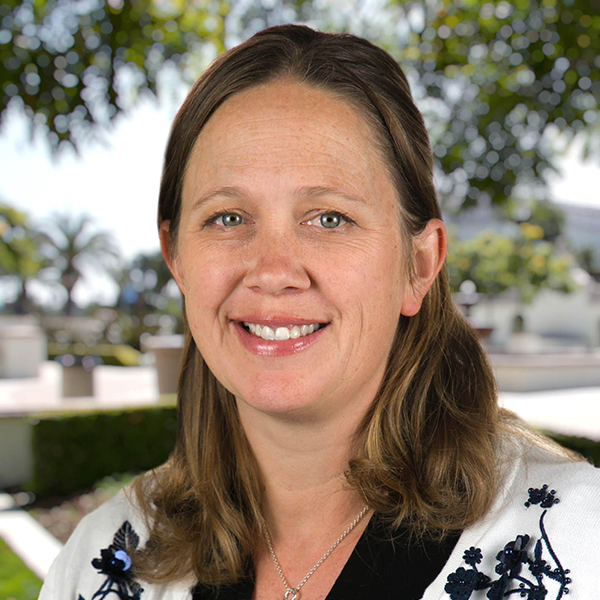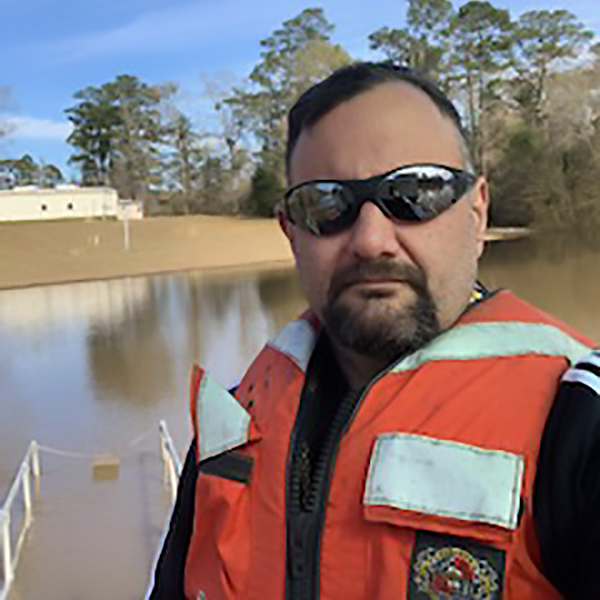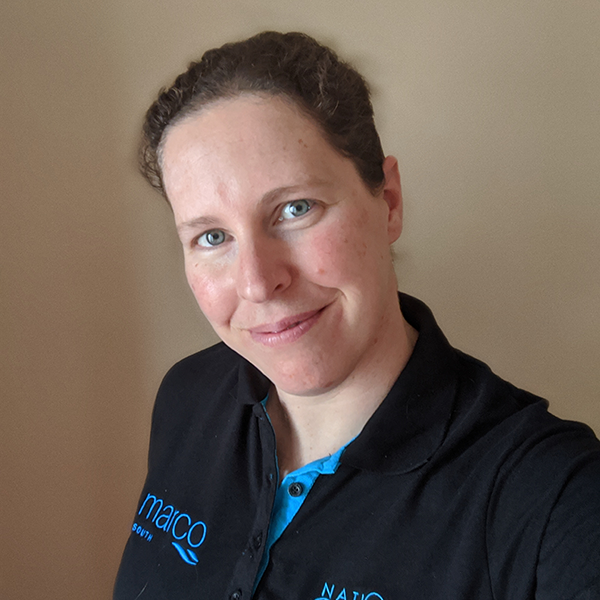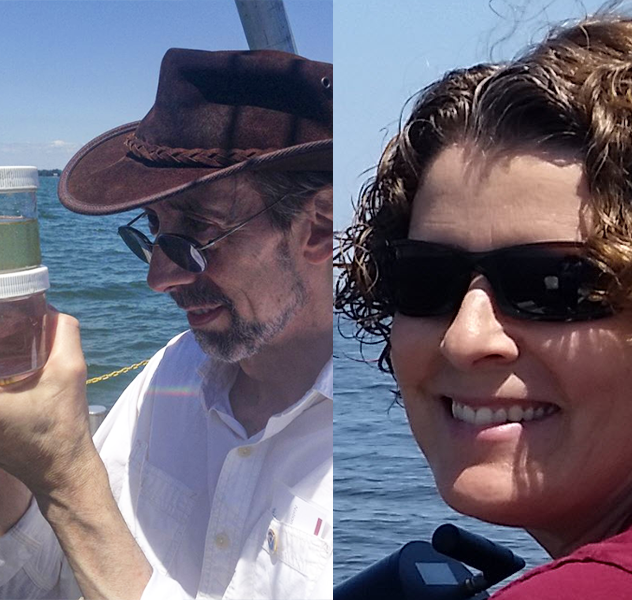Early Adopters
The PACE Early Adopter program promotes applied science and applications research designed to scale and integrate PACE data into policy, business, and management activities that benefit society and inform decision making.
Who are Early Adopters?
Early Adopters "Designation"
PACE Early Adopters are groups and individuals who:- Have a direct, clearly-defined need for PACE ocean color, aerosol, cloud or polarimetry data;
- Have an existing application or new ideas for novel PACE-related applications that directly benefit society;
- Currently work with application stakeholder, decision-maker, manager, or other type of end user(s) and can describe their decision-making process;
- Have an interest in utilizing a proposed PACE product; and
- Can apply their own resources (personnel, tools, funding, facilities, etc.) to demonstrate the utility of PACE data for their particular system or model.
Early Adopters Benefits
In addition to the benefits listed as part of the Community of Practice (CoP), Early Adopters also receive:- Direct support from PACE Science and Application Team (SAT) and/or Project Science (ProjSci): after acceptance into the program, you will join a SAT member(s) as a partner and receive guidance and support on the functionality of the PACE data products.
- PACE web presence, project promotion, and advocacy at external events: after acceptance, the Applications Team will create a web profile highlighting each EA's practical application and how it supports decision-making, public health, and society. Specific Early Adopter projects will be promoted via multiple venues.
Early Adopters
Join our growing list of Early Adopters who are engaged with the PACE Project! Benefits of becoming an Early Adopter include: Interacting with other EA members and the PACE Science & Applications Team, participating in PACE Applications Program activities (e.g., workshops, focus sessions, and tutorials), accessing pre-launch simulated and proxy PACE data, and getting updates on the mission, science data products, and field campaigns.




























